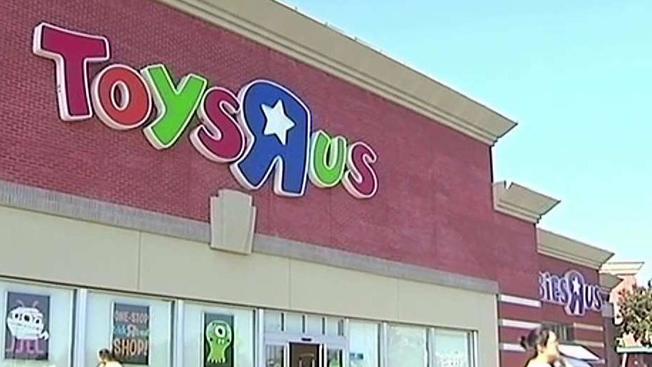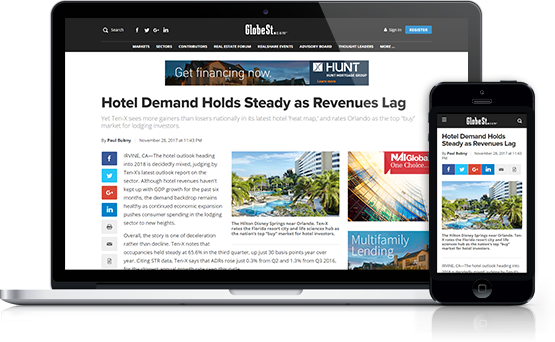
 how
how
According to Grubb & Ellis, a mere $2.2 billion of industrial properties valued at greater than $5 million sold in the first five months of the year. The figure was down 81% percent from the same period last year and substantially below the average for the three years before that. Moreover, according to Marcus & Millichap, in Q1 the inventory of distressed industrial properties increased more rapidly than the other primary commercial property segments.


To a large extent, the low pricing reflects the impact of distressed property sales. While industrial properties make up only 2.5% of the total value of distressed US assets for the first half of the year, according to Real Capital Analytics, the figure is nonetheless up dramatically from a year ago, when it was under 1.5%. Hessam Nadji, managing director of research services for Marcus & Millichap, expects distress in the industrial sector to increase further in coming months as job losses and low demand for goods moving through warehouses and distribution centers reduce occupancy levels and lower rents.
RCA lists 199 US industrial properties valued at $1.7 billion as distressed as of June 30. About 120 of these have fallen into distress since the beginning of the year. Delta Associates finds the situation somewhat worse. Its statistics show close to $4 billion of distressed industrial properties at at the end of June, nearly double February's level and triple the level of June '07. According to RCA, warehouses and distribution centers account for not quite half the total, while flex properties account for about 40% and single-tenant buildings make up the rest.
What makes the distressed property situation even more distressing is that by and large these properties are not selling, even at greatly reduced prices. RCA says less than 7% of properties that became distressed since January have been resolved through either sale or workout. The situation may change shortly, says Grubb senior vice president and chief economist Robert Bach, as a growing number of buyers are raising capital in anticipation of the next wave of distressed assets coming to market.Financing, he adds, appears not to be the main obstacle to getting sales done. He says qualified borrowers can obtain financing for quality, well-priced assets, with debt-service coverage ratios of 1.25 to 1.35. The problem seems to more a matter of investors refraining from committing their money until they're sure the economy truly is on the mend. While researchers at Marcus & Millichap agree that financing is available for quality assets and acknowledge some segments of the credit markets have started to thaw, they point out that risk aversion remains elevated, with weakening fundamentals possibly prompting lenders to further tighten purse strings in coming months.
Recommended For You
Want to continue reading?
Become a Free ALM Digital Reader.
Once you are an ALM Digital Member, you’ll receive:
- Breaking commercial real estate news and analysis, on-site and via our newsletters and custom alerts
- Educational webcasts, white papers, and ebooks from industry thought leaders
- Critical coverage of the property casualty insurance and financial advisory markets on our other ALM sites, PropertyCasualty360 and ThinkAdvisor
Already have an account? Sign In Now
*May exclude premium content© 2025 ALM Global, LLC, All Rights Reserved. Request academic re-use from www.copyright.com. All other uses, submit a request to [email protected]. For more information visit Asset & Logo Licensing.








